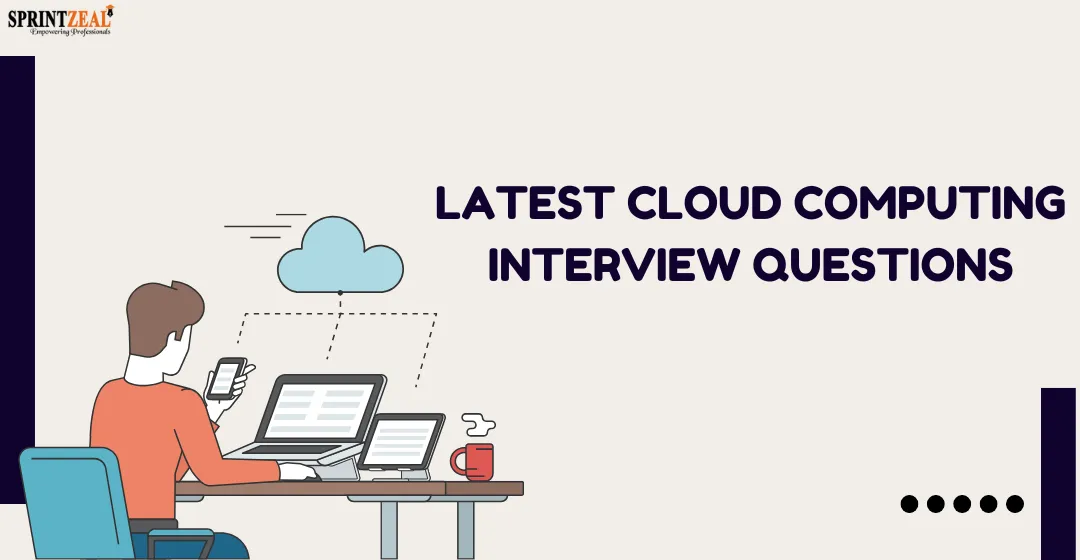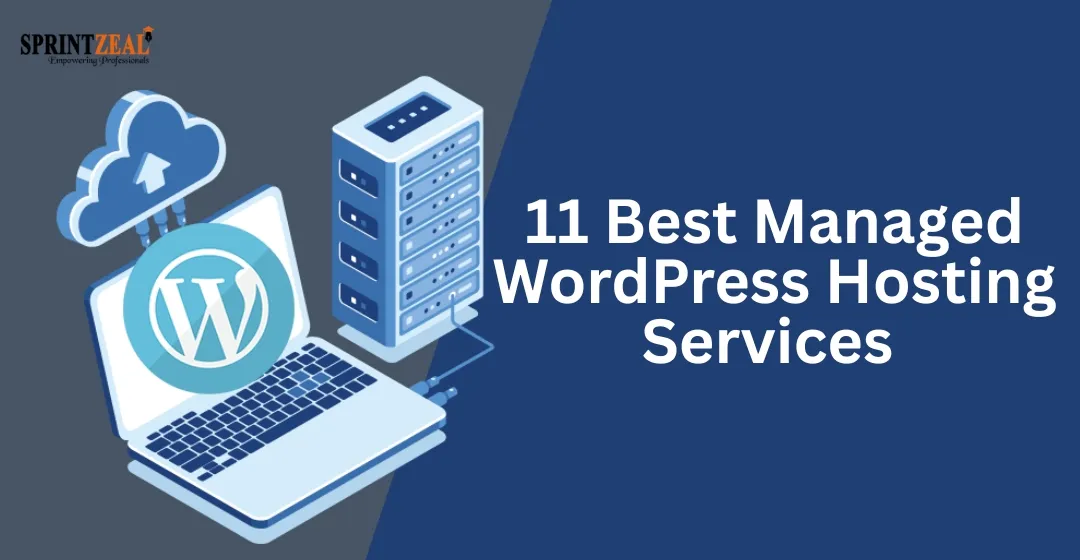IoT Security Challenges and Best Practices-An Overview
-
 By Niharika Chaurasia
By Niharika Chaurasia - Published on Mar 20 2023

Table of Contents
Introduction
As technology advances, online vulnerability with respect to internet devices and networks also increases. Security for the Internet of Things (IoT) refers to protecting internet devices and the networks they are connected to, from online threats and breaches.
In recent years, the Internet of Things (IoT) has been one of the fastest-developing technology trends. It has transformed the way we live and work. By using a single network, it has become easy to connect and control various devices that include smartphones, laptops, home appliances, industrial, equipment, etc.
Internet of Things applications have changed the way we see the world of technology. It has a wide range of applications in various fields such as infrastructure, manufacturing, energy-saving, automation, healthcare, and transportation.
The IoT space is growing exponentially, according to IDC, there will be 41.6 billion connected gadgets on the planet by 2026, producing a total of 79.4 zettabytes of data. Additionally, Statista projects that by 2026, there will be more than 75 billion connected devices online.
The incorporation of IoT in devices, has brought IoT security challenges for the user and IT team. A holistic approach can help in dealing with IoT security challenges effectively.
What Is the Internet of Things?
IoT refers to the system of interconnected devices, which includes digital or mechanical machines and objects that can transfer data over a network without human involvement.
IoT is frequently used as an umbrella word to describe a highly distributed network that combines connectivity with sensors and lightweight applications that are incorporated into the tools and devices.
An IoT system can be seen everywhere—any device that employs an internet protocol (IP) address to transmit data over a network, such as a biochip transponder implanted in a farm animal or a heart monitor implanted in a human.
IoT is basically used by businesses to enhance decision-making, provide better customer support, raise the value of the business, and run it more effectively.
What Is IoT Security?
IoT security is a broad term that mainly covers the strategies, instruments, procedures, systems, and techniques employed to protect all the components of the Internet of Things. To ensure the availability, integrity, and confidentiality of IoT ecosystems, physical components, applications, data, and network connections must be protected.
IoT systems may contain a large number of security flaws. A robust security strategy covers all aspects of defense, such as hardening components, updating firmware, tracking, controlling access, detecting threats, and patching vulnerabilities.
IoT security is essential because these systems are broad, susceptible, and a prime target for attacks. It is important to protect IoT devices from unauthorised access in order to prevent leaks of confidential data as well as unauthorised entry into other areas of the network.
The devices, like smart watches, smart home devices, webcams, vehicles, etc., have IoT security vulnerabilities. IoT security provides the necessary protection that is needed for these vulnerable devices.
Most of IoT system developers concentrate more on the functionality of the devices than on security. This emphasises the significance of IoT security, and the responsibility for implementing protections must be considered by both users and IT teams.
What are IoT Security Challenges?
IoT devices are not designed with security as a top priority. As a result, there are numerous IoT security issues that can have a dangerous impact. Here is the list of IoT security challenges with the IoT devices mentioned below, which can put users at risk of a potential data breach.

Lack of physical security
The lack of physical security on IoT devices can be easily accessed by attackers. IoT devices placed in remote areas for a long time can be accessed by attackers by making some physical changes. IoT security challenges for devices with less or no physical security can be easily used by attackers.
For example, IoT devices can be infected through USB flash drives with malware. It's the primary responsibility of manufacturers of IoT devices to prioritise the physical security of their devices. However, making safe and protected transmitters and sensors for low-cost IoT can be a challenging task for manufacturers.
Lack of visibility
It’s a challenging task for IT team to gain visibility of all the devices in the network because many devices are not registered in IT inventory records. Devices like coffee machines, ventilation, and air conditioning systems are not given importance for tracking by IT Teams.
Security teams cannot prevent breaches if they cannot see what is connected to the network. The lack of visibility of the IoT devices makes it difficult for IT department to have an accurate record of what needs to be protected and monitored.
Data privacy
In IoT, the serious security issue is data privacy. User information is shared through many devices, like patient data from health equipment and personal information from smart toys and wearables.
For example, a hacker or cyber attacker can collect corporate data and expose it, sell it, or use it to extort the owner.
Botnet attacks
Another IoT security challenge is associated with IoT devices. Because of the lack of security in IoT devices, they can be easily infected by botnet machines.
A Botnet is a collection of malware –infected machines. The infected machines are used by the attackers to send thousands of requests per second to bring down the target.
IoT devices, like regular computers, do not receive standard security updates, making them highly vulnerable to malware attacks. As a result, IoT devices are easily converted into infected Botnets, and attackers use them to send huge amounts of request traffic.
Ransomware
In this IoT security challenge, ransomware attacks encrypt and block access to sensitive files. A ransom payment is demanded by the hacker for the decryption key to unlock the files.
IoT devices with weak security can also become targets of ransomware. Cases of ransomware attacks on IoT are not seen nowadays.
However, healthcare gadgets, smart homes, and other smart appliances may be in danger in the future due to their increasing value to their owners and reliance on these devices as mission-critical systems.
What are IoT Security Best Practices?
Devices connected to any network are at risk of cyberattack. It is important to pay attention to IoT security challenges and follow these tips to prevent potential attacks.

Make use of IoT security analytics
Security analytics can considerably reduce IoT security issues and vulnerabilities. Through security analysis, the data collected from multiple sources is collected and analyzed, which helps security teams identify and prevent potential threats.
To identify malicious anomalies in network traffic, security analysis is done and data from different domains is compared. The results obtained through the correlation of data allow the security team to correct anomalies and prevent them from affecting connected devices.
Security analytics can quickly identify sensor security issues such as spikes. The valuable data is combined to aid in the detection and effective prevention of threats.
Increase network visibility
The solution to the IoT security challenge, which is about the lack of visibility of IoT devices, is the use of dedicated visibility tools by IT teams, which include network access control (NAC). It provides a detailed inventory of all the devices connected to the network.
When a new device connects, NAC technology automatically updates the inventory and verifies it on a monthly basis. Monitoring of IoT devices helps organisations respond to security incidents and take security compliance actions.
Endpoint Detection and Response (EDR)
Because of the constant streaming of data, some is lost. This happens due to not being in control of IoT devices all the time.
EDR technology solves this IoT security challenge by identifying attacks in real-time and avoiding losing data. With the help of EDR, the security team can quickly identify malicious activity and gain direct access to devices with real-time visibility and alerting.
Another important feature of EDR is its ability to detect and prevent suspicious activity in real time. EDR solutions use threat intelligence to detect suspicious activity on an IoT endpoint and respond effectively, even if human security teams are unable to respond quickly to the event.
Secure APIs
APIs are a fragile link in many security strategies. IoT devices are dependent on APIs to recover data from other systems, and then they share the collected data.
Organizations can ensure that hackers cannot gain access to their IoT devices via poorly configured or unauthenticated APIs by implementing API security best practices and conducting continuous security testing.
Another part of strengthening API access is making authentication modular and consistent across devices and services. Using open-source auth plugins can help teams implement secure login and session flows without having to build them from scratch, reducing the risk of misconfigurations that often lead to vulnerabilities.
Encrypted communication
To gain access to IoT devices, attackers compromise IoT communication. The data breaches are prevented, by encrypting communication between IOT devices and interfaces such as web apps and mobile apps. The most commonly known encryption protocol for data transfer is SSL/TLS.
Authentication
Hackers always try to gain access and obtain personal information, but comprehensive device authentication can reduce the vulnerability of IoT devices.
Various authentication mechanisms are available for IoT devices, such as multifactor authentication, digital certification, and biometrics. It is important to ensure that unauthorized users cannot access IoT devices.
Takeaway
IoT Devices with poor security put networks, devices, systems, and users at risk. On the other hand, securing IoT is more than just company configuration. It is important to create a security culture of collaboration among users and administrators to properly secure the IoT.
To avoid breaches and threats in IoT devices, users must follow basic security best practices, such as blocking unnecessary remote access and changing default security passwords. All of these IoT users, administrators, and manufacturers should collaborate to ensure the security of IoT.
Although challenges are associated with the IoT, the advantages that it offers to every field and industry are outstanding.
Take advantage of the courses offered by Sprintzeal to make a career in cybersecurity. Visit Sprintzeal’s Blog Page for more blogs on other topics.
Read more blogs to cover
Subscribe to our Newsletters
Popular Programs
AWS Certified Solution Architect Professional
Live Virtual Training
- 4.7 (300 + Ratings)
- 66k + Learners
AWS Certified DevOps Engineer Certification Training
Live Virtual Training
- 4.3 (400 + Ratings)
- 50k + Learners
Microsoft Azure Administrator Associate AZ-104
Live Virtual Training
- 4.2 (560 + Ratings)
- 39k + Learners
Microsoft Azure Infrastructure Solutions (AZ-305)
Live Virtual Training
- 4.6 (560 + Ratings)
- 28k + Learners
Trending Posts
Scalability in Cloud Computing Explained
Last updated on Mar 9 2023
Latest Cloud Computing Interview Questions 2026
Last updated on Oct 10 2025
12 Best Managed WordPress Hosting Services in 2026
Last updated on Jul 8 2025
Client Server Model—Everything You Should Know About
Last updated on Dec 17 2025
What Is Edge Computing? Types, Applications, and the Future
Last updated on Dec 6 2024
How to Learn Cloud Computing in 2026 - A Brief Guide
Last updated on Mar 11 2024
Categories
- Other 69
- Agile Management 47
- Cloud Computing 56
- Project Management 173
- Big Data 66
- Business Management 88
- Digital Marketing 78
- IT Service Management 29
- Programming Language 58
- AI and Machine Learning 77
- IT Security 112
- Quality Management 78
- IT Hardware and Networking 26
- Microsoft Program 4
- Workplace Skill Building 13
- Risk Management 9
- Information Security 8
- Leadership and Management 9
- Corporate Training and Development 1
Trending Now
Azure Vs Aws - Which Technology Is Better
ebookThe Impact of Internet of things on Marketing
ebookAWS Lambda - An Essential Guide for Beginners
ebookCareer in Cloud Computing or Cyber Security
ebookImpact of AWS Certification On Cloud Computing Jobs
ebookAmazon Certifications: List of Top AWS certifications in 2026
ebookAWS Interview Questions and Answers 2026
ebookAmazon Software Development Manager Interview Questions and Answers 2026
ebookAWS Architect Interview Questions - Best of 2026
ebookHow to Become a Cloud Architect - Career, Demand and Certifications
ebookWhat is Cloud Computing? - Fundamentals of Cloud Computing
ebookAWS Solutions Architect Salary in 2026
ebookAmazon EC2 - Introduction, Types, Cost and Features
ebookAWS Opsworks - An Overview
ebookAzure Pipeline Creation and Maintenance
ebookCI CD Tools List - Best of 2026
ebookTrends Shaping the Future of Cloud Computing
ebookContinuous Deployment Explained
ebookDevOps Career Path – A Comprehensive Guide for 2026
ebookTop Kubernetes Tools in 2026
ArticleBenefits of Cloud Computing in 2026
ebookJenkins Interview Questions and Answers (UPDATED 2026)
ArticleA Step-by-Step Guide to Git
ArticleScalability in Cloud Computing Explained
ebookHow to Learn Cloud Computing in 2026 - A Brief Guide
ArticleCloud Engineer Roles and Responsibilities: A complete Guide
ebookTypes of Cloud Computing Explained
ArticleCloud Engineer Salary - For Freshers and Experienced in 2026
ArticleEssential Cybersecurity Concepts for beginners
ebookWhat is a Cloud Service - A Beginner's Guide
ebookTop 3 Cloud Computing Service Models: SaaS | PaaS | IaaS
ArticleWhat is Private Cloud? - Definition, Types, Examples, and Best Practices
ebookWhat Is Public Cloud? Everything You Need to Know About it
ArticleTop 15 Private Cloud Providers Dominating 2026
ebookWhat Is a Hybrid Cloud? - A Comprehensive Guide
ebookCloud Computing and Fog Computing - Key Differences and Advantages
ebookAzure Architecture - Detailed Explanation
ArticleMost Popular Applications of Cloud Computing – Some Will Shock You
ArticleTips and Best Practices for Data Breaches in Cloud Computing
ArticleWhat Is Edge Computing? Types, Applications, and the Future
ArticleMust-Have AWS Certifications for Developers in 2026
ArticleSalesforce Customer Relationship Management and its Solutions
ArticleCutting-Edge Technology of Google Cloud
ArticleSpotify Cloud: Powering Music Streaming Worldwide
ArticlePublic Cloud Security Checklist for Enterprises
Article12 Best Managed WordPress Hosting Services in 2026
ArticleLatest Azure Interview Questions for 2026
ArticleTop Coding Interview Questions in 2026
ArticleLatest Cloud Computing Interview Questions 2026
ArticleSafe file sharing for teams: simple rules that work
ArticleMy learning path to become an AWS Solutions Architect
ArticleClient Server Model—Everything You Should Know About
ArticleWhat Is Microsoft Azure? A Complete Cloud Computing Guide for 2026
ArticleDocker Tutorial for Beginners: Containers, Images & Compose
ArticleGit Merge vs Rebase: Differences, Pros, Cons, and When to Use Each
Article


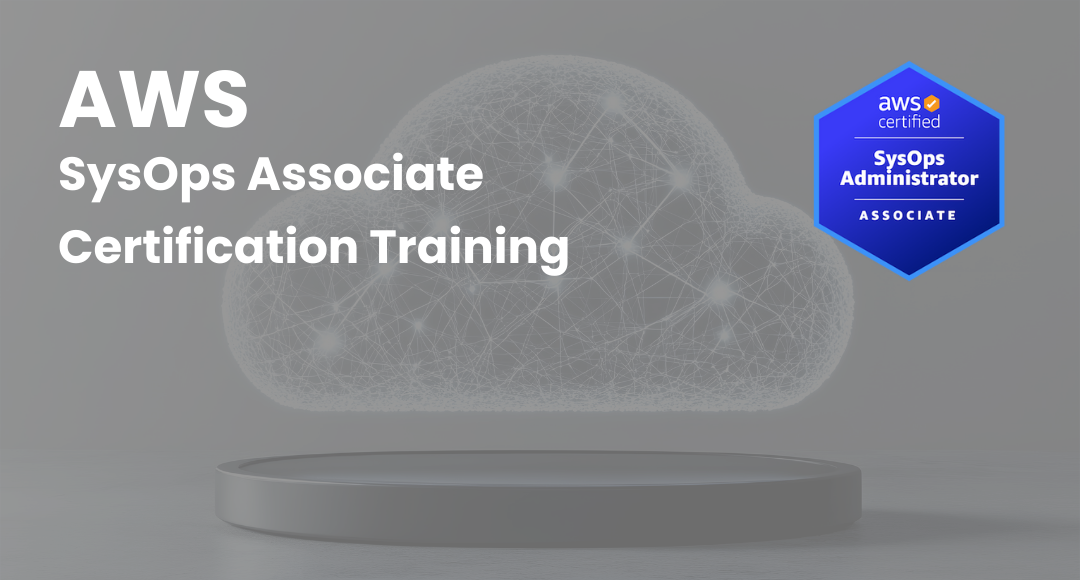




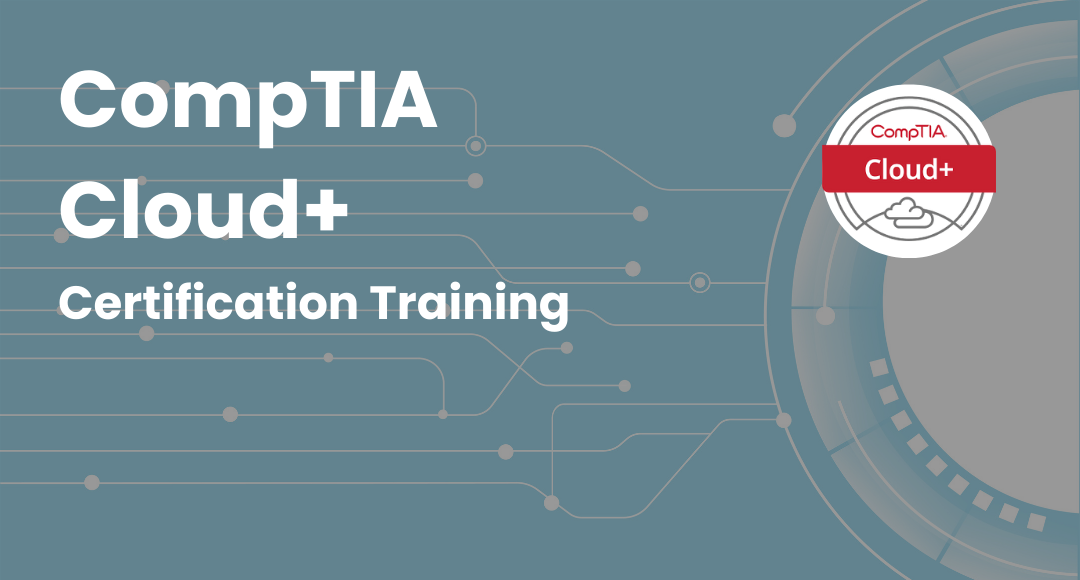

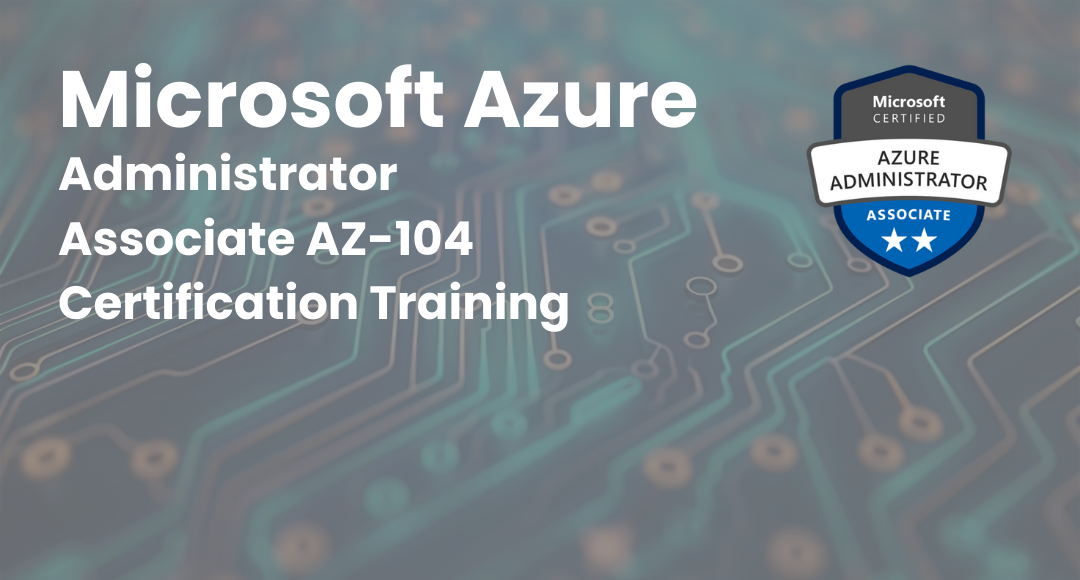
.png)



